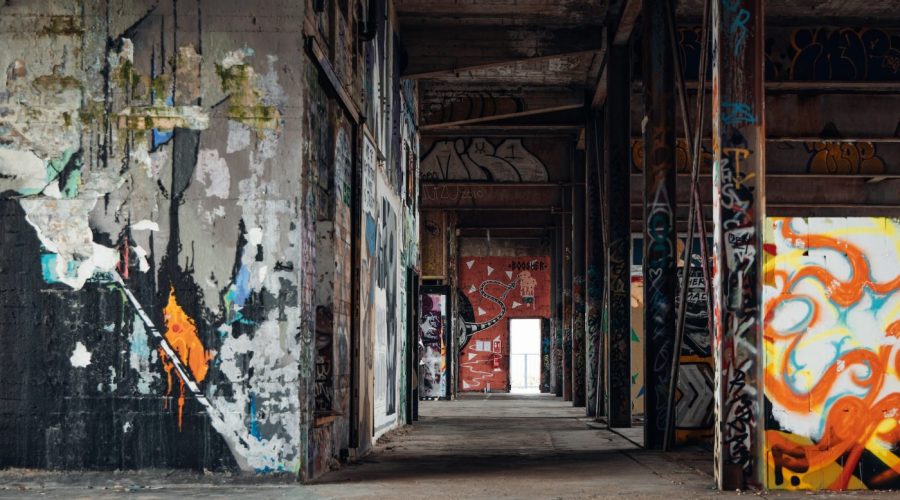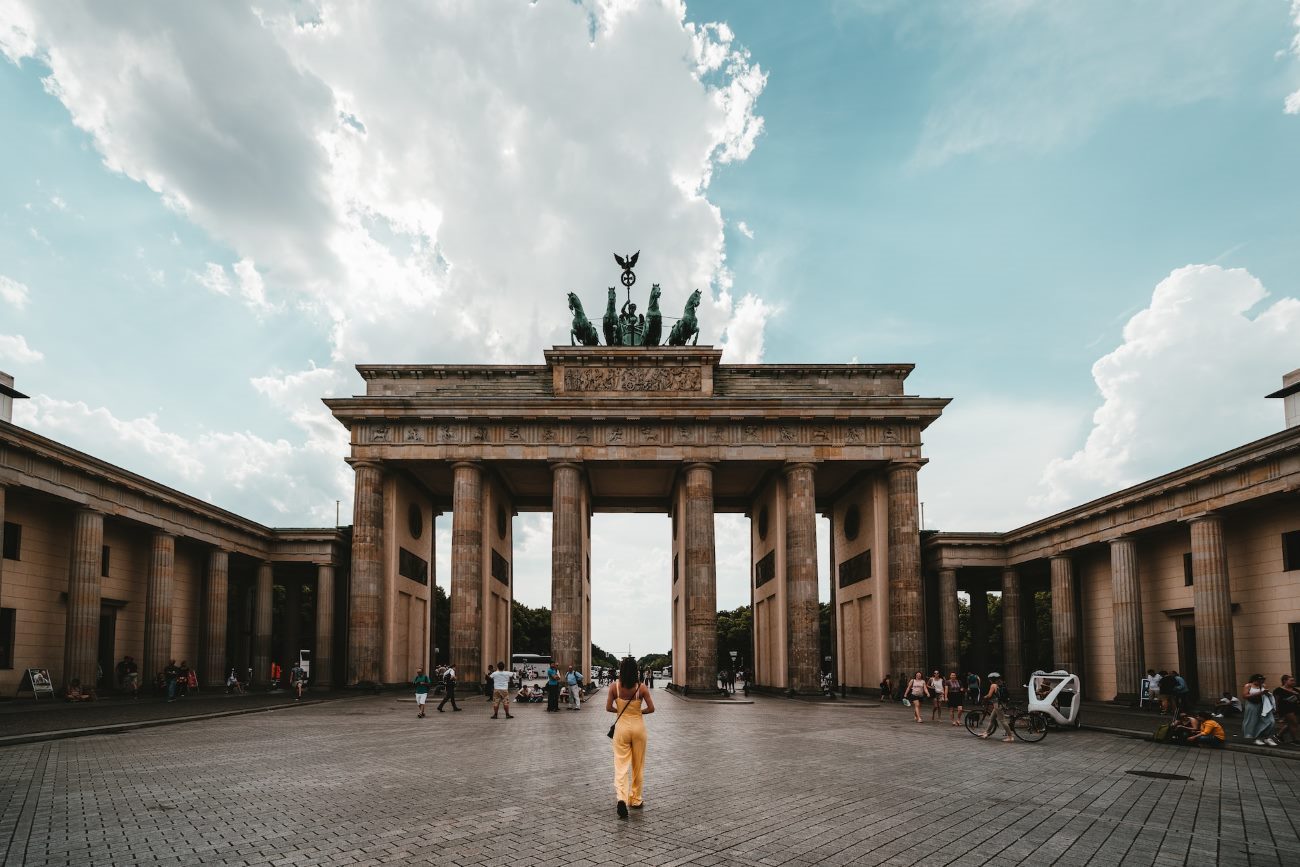How to Efficiently Navigate Berlin as a Tourist
The first time you visit Berlin, it can be a thrilling adventure, but, on the other hand, you are trekking around a completely new city and possibly the unfamiliar local public transport system can be somewhat a stressful for you. In this detailed guide we will give you an overview of all the means of transportation in Berlin and so also tell you some tricks and tips to navigate the city like a Berliner.
1. Berlin’s Public Transportation System
In terms of public transport, Berlin has a very efficient network of buses, trams, U-Bahn (subway) and S-Bahn (urban rail) trains. Check this below for these modes of transport –
A. Buses and Trams
Buses and trams make for a excellent method of getting short distances to places not covered by the subway lines. They are active from early in the morning till late evening and you can have accessed online the detailed time tables and routes via the BVG (Berliner Verkehrsbetriebe) web.
B. U-Bahn and S-Bahn
U-Bahn and S-Bahn will be the back bone of Berlin public transportation system. The U-Bahn is very comprehensive, underground, while the S-Bahn rides the city centre out to the suburbs. Trains operate frequently, especially during the day peak hours and they reach almost all points of tourist interest. Please ensure to check in your tickets prior to boarding.
2. Understanding the Ticketing System
Having an idea here about the different ways of getting around Berlin, its worth’ s also time to get to know how the ticket system works. Here are the essential points to retain:
A. Ticket Types
There are ranges of tickets to choose from based on the length of your stay and the parts of the city you wish to embark on. Many standard options include single tickets, day tickets and Berlin Welcome Card. The ticket you purchase will depend on your particular needs, therefore, carefully choose the tickets you want to purchase.
B. Ticket Validation
Once you have bought your ticket, it is necessary to validate it ahead of commencing your journey. Find the bright yellow or red ticket machines at U-Bahn and S-Bahn station, also inside buses and trams. Failure to validate your ticket may result in penalty.
C. Zones and Tariff Areas
Berlin is divided into 3 tarif-zones: A, B, C. Most tourist sites are located in zones A and B but if you want to explore the farther suburbs or visit other nearby towns then you would best to purchase the ticket that comes under your tariff zones.
3. Essential Tips for Getting Around
With the knowledge on how to use Berlin’s public transportation system and how ticketing works we have a few additional topologys to assist you with your travel.
A. Plan Your Journey
Before venturing out, it is helpful to plan your route on maps or apps available online showing public transportation routes. This way, you will know which are the most convenient links and avoid transfer of futile or unnecessary transfers and delays.
B. Use Apps and Timetable Information
Berlin has a number of useful real-time transport apps and websites as well, such as BVG’s own app and Google Maps. These tools can assist you stay updated on any schedule interruptions or capabilities and ensure the proper drop of off, thereby getting to wherever you are headed nicely and on time.
C. Rent a Bike
In Berlin as bicycle friendly settlement measuring cycling paths stretches a large amount. Take to renting a bike to discover the city in a leisurely way. Bike rental services can be found throughout the city and cycling is also a great and easy way for getting around.
D. Take Advantage of Walkability
Although public transportation is at hand, ensure to see Berlin on foot too. Many sites like the Brandenburg Gate and Checkpoint Charlie are within a short walking distance of each other. Walking is not just the way to discover the city better but also save you from the travel cost.
Conclusion
Tourists may think that getting around Berlin is a daunting task at first, but with a little planning and the basics of the city’s transportation network at hand, you won’t have any problems. Do not forget to know the varieties of options, buy the correct tickets,…, and leverage digital resources as well as substitutes for parking like bikes. If you stick to these tips, you’ll get to enjoy a great time of discovering the lively Berlin streets.
Table of Contents



